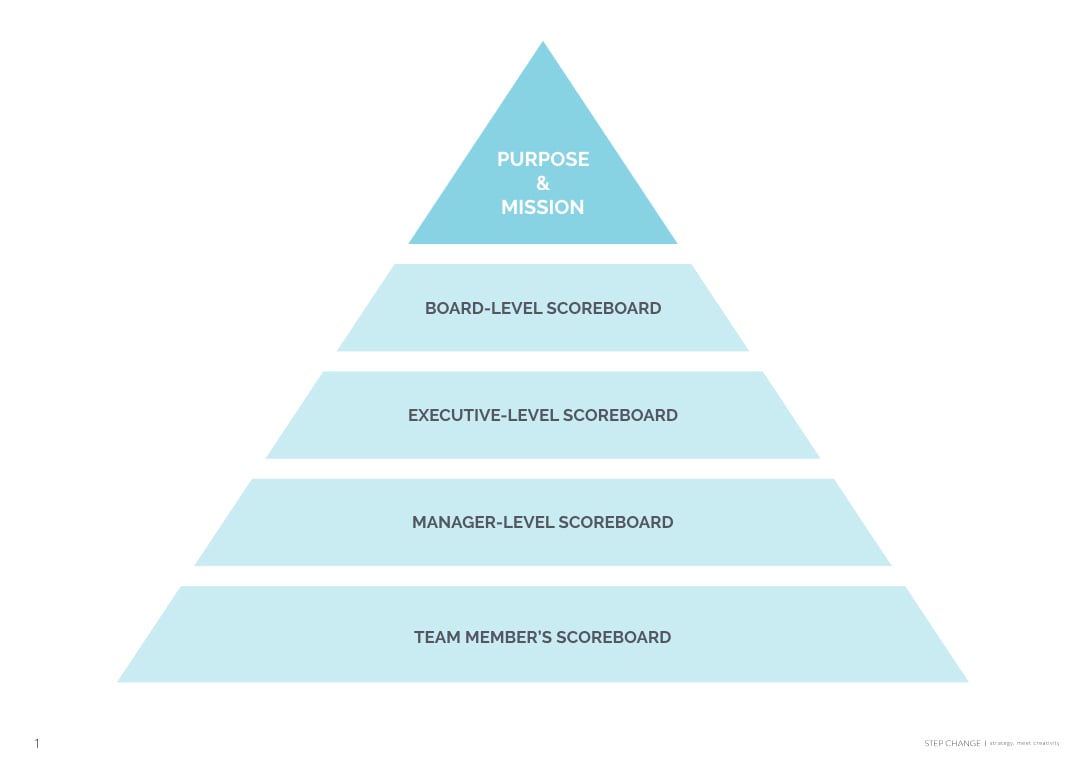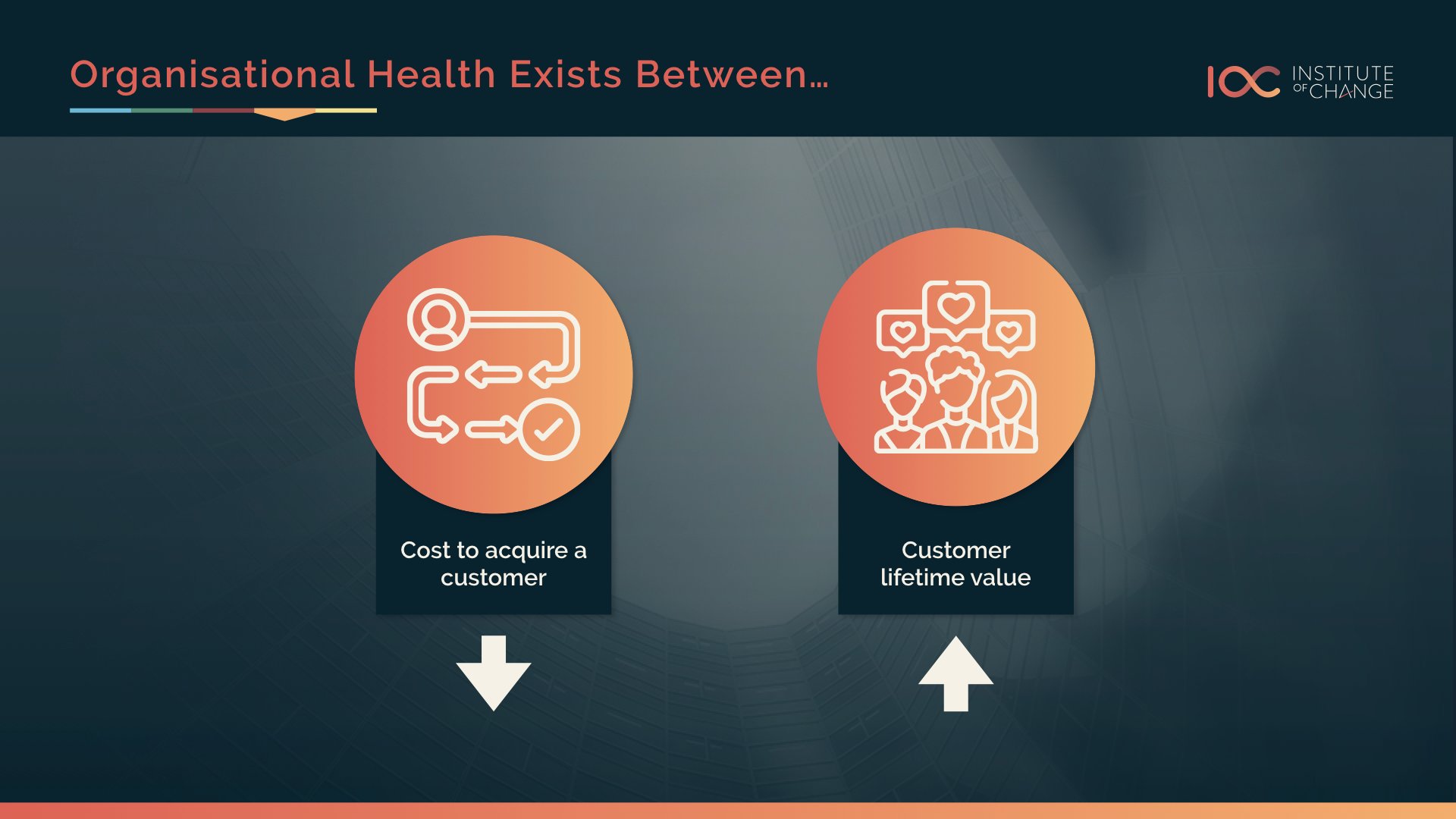UPDATED: As of 25th January 2023
Ever been to a board meeting that left you feeling unproductive and confused?
In an increasingly data-led world and with the rise of artificial intelligence, businesses are able to track more than ever before. But it’s easy to get caught up in tracking and forget to drive results altogether.
As a board member, it’s critical that you’re able to look beyond the documentation and into the priceless insight that lies between the lines. Question is, how?
Insight: In a world where businesses can measure so much, it’s easy to miss what matters.
Data: 60% of Customer Experience professionals report that their companies emphasise metrics that describe what happened in the past, rather than looking at predictive measures. (Walker Info)
What’s the step change: Leave the busywork behind and only measure what matters to your business by defining key metrics.
Watch: Let Step Change CEO Ashton Bishop show you how to use Measures That Matter to set your business up for success.
Make Your Reporting Work for You
Every smart organisation has a scoreboard that tells them how they’re winning or losing. But there isn’t a one-size-fits-all approach to creating one.
While purpose and mission should always be top of mind — the first mistake you can make is to assume that one single scoreboard works for the entire organisation. This is where a layered approach to reporting helps.
You see, a team member’s personal scoreboard informs their individual performance. At the same time, a manager’s scoreboard should take the team’s collective effort into account. Meanwhile, the executive scoreboard is closer to the field than the board’s, which means a board-level scoreboard should align with the board’s responsibilities of ensuring the overall health and overseeing the strategy and direction of the business.

But it’s not the scoreboard that advances your position in the market. It neither makes your customers happy nor does it generate profit. It’s what you do once you have your metrics that makes all the difference.
So how do you know if you have the right ones in place?
Here are the top 3 must-haves for every board member looking to track company performance:
1. Know your Customer Acquisition Cost and Customer Lifetime Value

It’s the board’s responsibility to ensure the health of the company. Unless you're a startup that's bouncing between funding rounds, your organisation’s health tends to exist between two key metrics — cost to acquire a customer and customer lifetime value.
|
Cost to Acquire a Customer (CAC) or how much you spend on gaining new customers. CAC = (Total Spent on Marketing and Sales Per Year ÷ Number of Customer Acquired Per Year) Customer Lifetime Value (CLV) or how much you can earn from a customer throughout the entire relationship. CLV = (Average Sale Value x Average No. of Transactions Per Year x No. of Years a Customer Stays With You x Gross Margin Percentage) |
Here are some key questions that you need to answer between these two metrics:
- How are your CAC and CLV being tracked?
- Does your organisation have a consistent definition of these factors so everyone is looking at the same thing?
- How are they trending together?
- Are they improving month on month?
These two metrics and their relationship to other common metrics are explored in the bonus Funnel Metrics tool.
The key here is to ensure that your customer lifetime value is higher than the cost it will take to acquire the customer. It’s different for every business, but ideally, a customer lifetime value is anywhere up to three times the cost to acquire.
If you can drive down the cost it takes to bring in a customer, and if you can make sure they're spending more and more over the lifetime of their journey with you — then you're in good shape with more opportunities to optimise for value and scale.
2. Be clear on your lead indicators

Most scoreboards typically house two types of metrics — lag and lead metrics.
Lag metrics are the historical metrics of past performance such as annual sales, monthly sales, and daily sales. You only know them once they've happened.
Lead metrics are predictive of what's going to happen.
If you think about driving a car, lag metrics equal to looking at the rearview mirror, whereas a lead metric is looking at the front and lets you see where you're going.
A good lead metric should be PRIM:
- Predictive - Informs the relevant lag metric and affects the goal.
- Repeatable - Can be gathered repeatedly and helps you gain traction.
- Influenceable - Ensures that the team can do something about it.
- Measurable - Can be tracked and kept in a scoreboard.
3. Think like jidoka

In the words of Peter Drucker, “If you can’t measure it, you can’t manage it”.
Board members can take inspiration from Toyota whose lean production system used the concept of “jidoka” or “automation with a human touch” to avoid churning out low-quality products by:
- Discovering an abnormality
- Stopping the process
- Fixing the immediate problem
- Investigating and solving the root cause
For this to happen, you need a visible scoreboard that everyone can see so they know exactly what went wrong and how to fix it.
For example — if you can’t get your marketing and sales to work in sync, you also need to know what’s working and what isn’t. The Marketing Measure Up test takes both proven marketing and sales best practices across key aspects to measure your performance and shows you how you can get back on track.
Good scoreboards can let you know whether or not you’re winning. While it doesn’t always tell you why it gives you the opportunity to investigate and test. Having the right measures that matter spares you from the frustration that comes with not knowing where to look when something goes wrong.
Tying It Together
The board carries the responsibility of ensuring the health and overseeing the direction of the entire organisation. And the only thing worse than a board that doesn’t have metrics is a board that’s investing resources in tracking the wrong ones.
Whether you’re doing a self-audit, analysing trends, or benchmarking performance, defining your measures that matter as a board helps indicate the health of your organisation, maintain focus when things get complicated, call out areas for improvement, unlock competitive advantage, link purpose and ambition with daily operations, and unite teams with a set of common goals.
This is how you can transform unproductive board meetings and leave them feeling purposeful and empowered.
Transform board meetings for the better by downloading our Measures That Matter Worksheet today.
















